The beginning of the song expresses that how much women in Ushibuka worry about sailors.
The word “Haiya” originated from the southern wind which was necessary for the fishing boat when they left Ushibuka and went up north. Southern wind is called “the wind of Hae” in the Kyushu region. It is said that “Hae” changed into “Haeya” then it changed into “Haiya”.
“Ushibuka Haiya-Bushi” is said to be originated in the latter Edo period.
At this time, Ushibuka was an important port of sea travel and lots of fishing vessels called at the port.
The sailors and the women of Ushibuka enjoyed dancing and singing together and this is said to be the origin of “Ushibuka Haiya-Bushi”
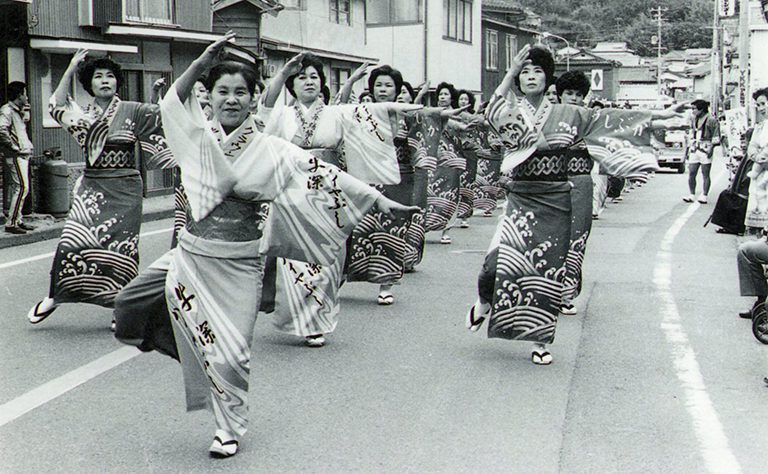
The ships sailed from Ushibuka through the Inland Sea to Osaka via Nagasaki. Then some ships (Kitamae-bune) left Osaka back through the Inland Sea and into the Sea of Japan for Hokkaido via Nigata and other ports. Here they took on local dance and songs incorporating them into the original Haiya melody.
Like this, songs originated in “Ushibuka Haiya-Bushi” have been passed down from generation to generation in various areas from Kagoshima in the south to Hokkaido in the north. Sado Okesa and Awa Odori are representative of them.
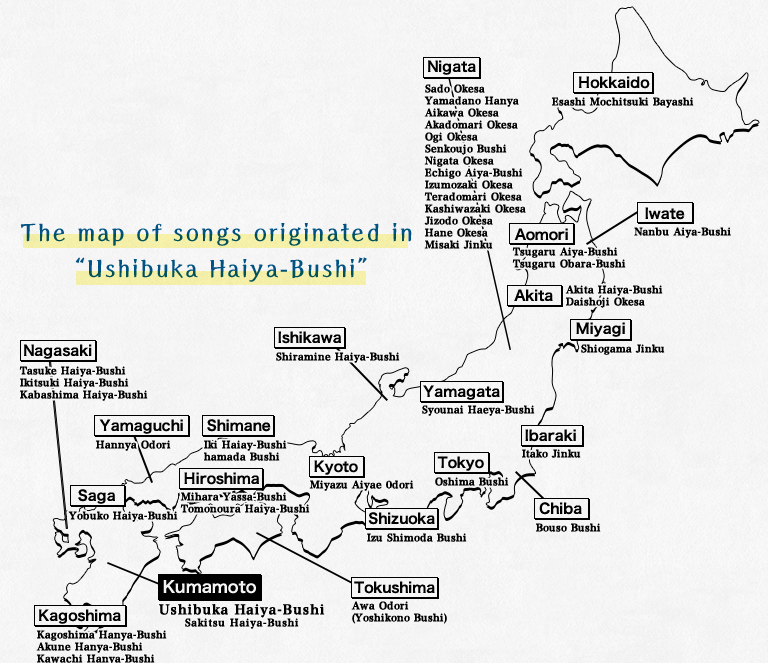
In Ushibuka, Haiya-Bushi has been passed down from generation to generation as a traditional performing art. Ushibuka Haiya Festival began and people performed the dance with Haiya-Bushi song.
The Ushibuka Haiya Festival is held in April every year. It became so big an event 3000 people attend the dance and parade in the streets of the town and a group of fishing boats parade in the sea attracting many tourists from inside and outside Amakusa city.
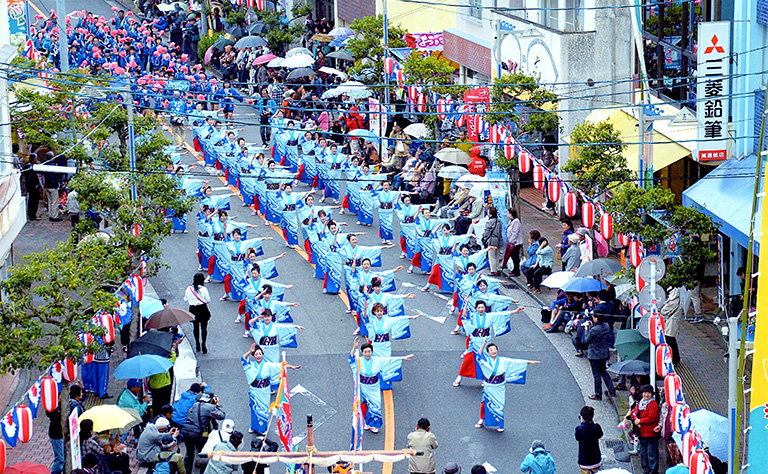

The “Minato Festival” began to be held for the recovery from a great fire and celebrating a large catch of fish.

“Minato Festival” officially became named “Ushibuka Haiya Festival”.
400 people joined Dochu Odori.(The festival was conducted over 2 days in1973)

Fish Festival started to be held.

Fishing boats’ parade in the water was held for first time.
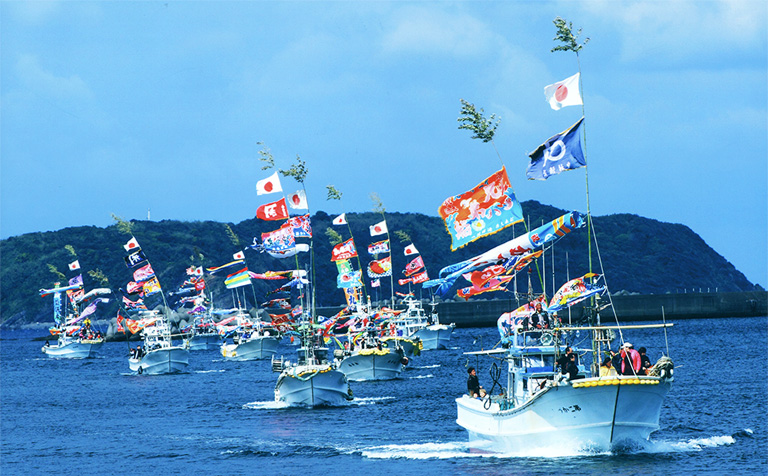

Dance and float contest were initiated.

A mascot character “Akane-chan” was designed as the 20 years’ anniversary “Haiya Festival”.
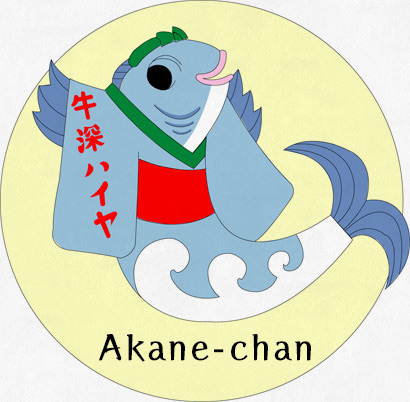

A dance competition was held on Friday and the festival was conducted over three days.

The 30 years’ anniversary of Haiya Festival.
The festival was broadcasted on TV programs.
Also “Ushibuka Specialties Market” started to be held.

The 40 years’ anniversary of Haiya Festival. A temporary stand was established at parking of Ushibuka branch of City Hall.
A group of Awa Odori (in Tokushima) was invited to the festival.





